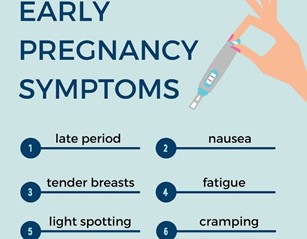Which information will the nurse include when teaching a patient who has type 2 diabetes about glyburide?
Glyburide decreases glucagon secretion from the pancreas.
Glyburide should be taken even if the morning blood glucose level is low.
Glyburide should not be used for 48 hours after receiving IV contrast media.
Glyburide stimulates insulin production and release from the pancreas.
The Correct Answer is D
Therefore, the correct option is d. Glyburide is a sulfonylurea medication used to treat type 2 diabetes. It works by stimulating the beta cells in the pancreas to produce and release more insulin, which helps to lower blood glucose levels.
Option A is incorrect because glyburide does not affect glucagon secretion from the pancreas. Glucagon is a hormone that raises blood glucose levels by promoting the breakdown of glycogen in the liver.
Option b is incorrect because glyburide should not be taken if the morning blood glucose level is less than 70 mg/dL, as this may increase the risk of hypoglycemia.
Option c is incorrect because glyburide does not interact with IV contrast media. However, some types of IV contrast media can cause kidney damage in patients with diabetes, and the use of glyburide should be temporarily discontinued if a patient is undergoing a procedure that involves the use of contrast media.
Nursing Test Bank
Naxlex Comprehensive Predictor Exams
Related Questions
Correct Answer is ["2"]
Explanation
0.25 mg is equivalent to 250 mcg (micrograms). Therefore, the correct answer would be to give half of a 125 mcg tablet, which would be 0.125 mg or 125 mcg.
Synthroid is a prescription medicine used to treat hypothyroidism (low thyroid hormone). Levothyroxine is given when your thyroid does not produce enough of this hormone on its own². The typical starting dosage for this use in adults is 12.5 mcg to 25 mcg, once per day¹. Therefore, if you have Synthroid 125 mcg tablets available and you need to give Synthroid 0.25 mg po, you should give **2 tablets**
Correct Answer is C
Explanation
Nausea and vomiting are common symptoms of early pregnancy, and abdominal pain can also occur due to various pregnancy-related conditions. Therefore, it is essential to rule out pregnancy as a potential cause of the patient's symptoms before pursuing other diagnostic options.
Once pregnancy has been ruled out, the nurse can ask additional questions such as those listed in options a, b, and d to further narrow down the potential causes of the patient's symptoms.

Whether you are a student looking to ace your exams or a practicing nurse seeking to enhance your expertise , our nursing education contents will empower you with the confidence and competence to make a difference in the lives of patients and become a respected leader in the healthcare field.
Visit Naxlex, invest in your future and unlock endless possibilities with our unparalleled nursing education contents today
Report Wrong Answer on the Current Question
Do you disagree with the answer? If yes, what is your expected answer? Explain.
Kindly be descriptive with the issue you are facing.
